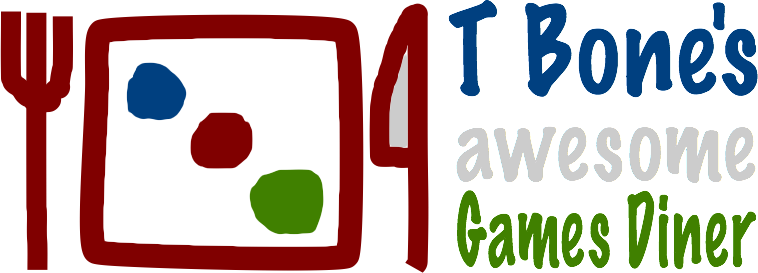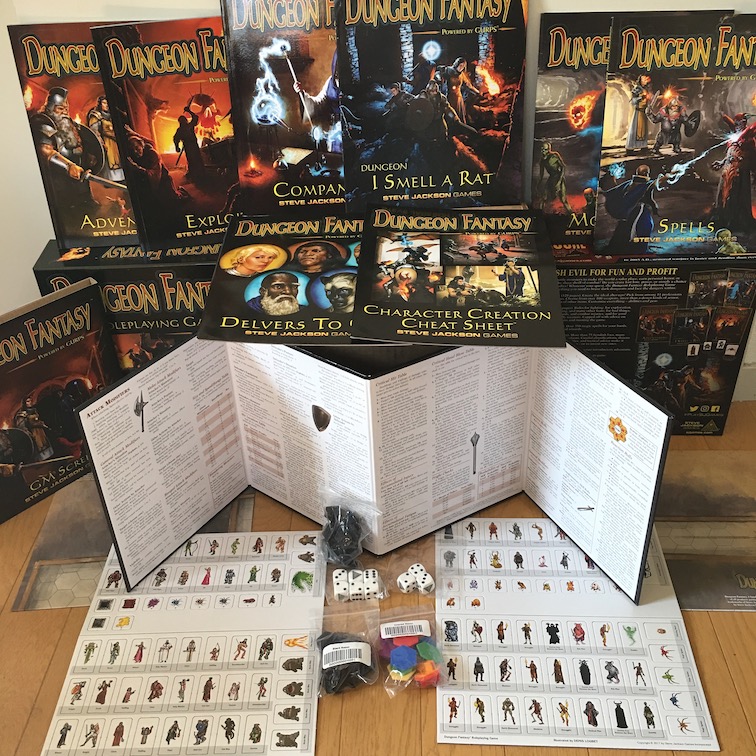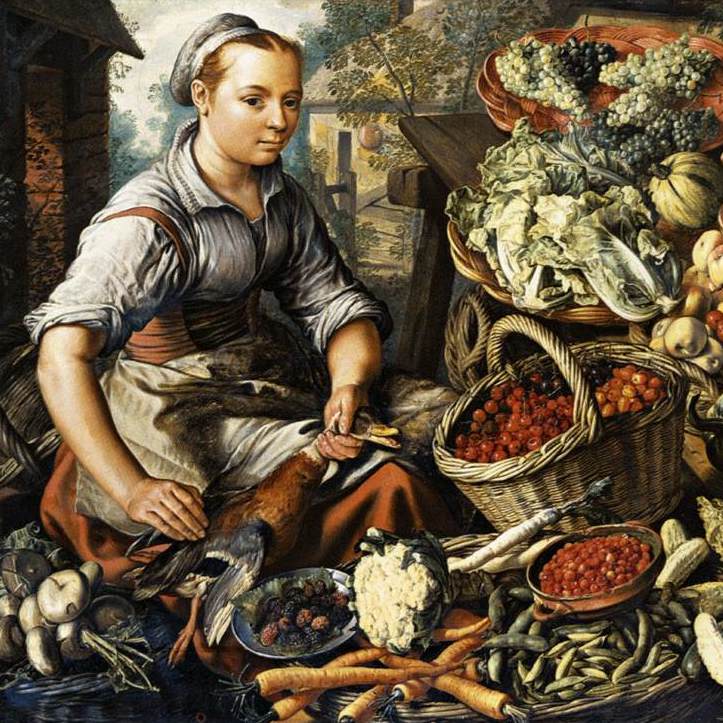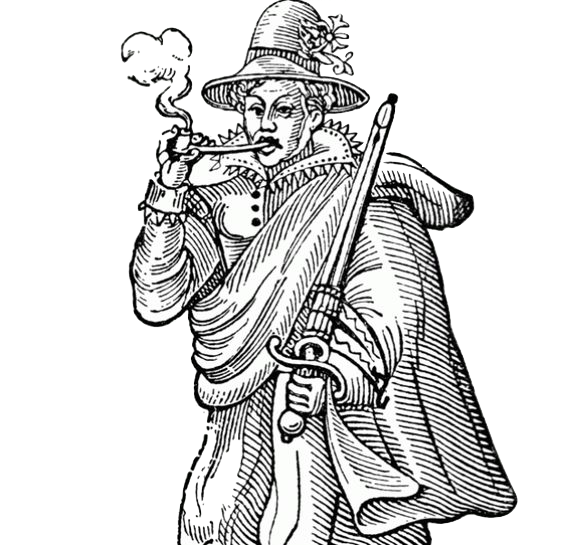After a bit of a recess, it’s time to report more impressions of Steve Jackson Games’ boxed Dungeon Fantasy Roleplaying Game (DFRPG). (“After a bit of a recess”? All my posts are bookended by recesses longer than the lives of small animals.)
This installment comments on goodies outside the core five books: the maps and Cardboard Heroes included in the DFRPG box, and the separately sold DFRPG GM Screen and its included booklets.
I think I have enough notes for one more installment after this, covering meta-level observations about the game. For now, let’s gaze upon those stand-up heroes as they adventure across those lovely maps.
(Recap: Part I offered miscellaneous notes on the Adventurers book. Part II focused on Adventurers‘ catalog of skills. Part III looked at the remaining four books in the box.)
Maps
The two maps included with DFRPG look great. One is big and the other is even bigger. And, surprise, they’re double-sided. That’s a lot of map goodness. The maps are specific to the I Smell a Rat adventure and its Against the Rat-Men sequel. They don’t present generic fields and square rooms for use with any ol’ adventure, but they look so good you’ll devise your own dungeons that just happen to use the same rooms and tunnels.
Many buyers have expressed surprise at one thing, though: the maps show markers for areas of interest, even false walls. On closer look, they don’t give away as many secrets as I originally thought; unless I’m missing something, they don’t point to outright secret doors, or notes of “Treasure buried here”. Still, I can’t help but wonder whether it’d be better to clean the maps of any “something interesting here” indicators, showing those only in the GM’s maps in the adventure book.
Even without any special indicators, though, just displaying interconnecting rooms on the map gives away important information. That is, players can clearly see what’s behind any given door: another room, a hallway, etc. Even a secret door not marked on the map would be given away by the presence of a little room floating behind some spot of wall. A GM who wants to hide what’s behind doors will have to artfully arrange papers and books to cover things up. (I don’t know how long that’ll work as hands and arms and dice and cups fly around the map.)
To really limit map knowledge, the DFRPG play maps would have to leave secrets unmarked and disconnect rooms and tunnels, scattering them about the sheet. Only the GM’s adventure book would show how the parts fit together, e.g., that leaving the south door in Room A deposits PCs at the north end of the Tunnel B elsewhere on the sheet.
I don’t recall I’ve bought a game product before with a big, fully mapped-out play sheet*, so I’m not sure how other games have done this. The best solution to all of these map questions, of course, is simply good-sport players who don’t peek at what the GM hides, and who choose to “not see” what the PCs shouldn’t see.
*Star Frontiers included big play maps, scaled for tinier counters than DFRPG. But as I recall, these were of “known” locations like city streets and starship interiors, not secret “what’s behind that door?” locales like a dungeon.
All minor stuff. Whatever is or isn’t shown on the DFRPG maps, GMs will make it work. The maps look like great fun to play on.
Cardboard Heroes
The miniatures reveal a mix of the new and the old… as in very old (classic 80s figures!). There’s a little stylistic clash between the two eras, but it’s nothing glaring at miniature sizes, and the pieces look nice. Both new and old figures are united by the hand of the same artist, Denis Loubet; it’s nifty that SJG was able to call on the same classic artist after all these years.
Appearance isn’t the point, anyway. These minis are made for fightin’, not art appreciation.
The cardboard figures are punched out of two boards, thick enough to give the figures decent table-top heft. In total, there are 94 (!) humanoid-size figures, 20 small square pieces, and 2 largish pieces. Most are meant to be stood up in the included plastic bases, so they’re double-facing, showing the same character or monster from the front and back. The small squares also include two pits, a trap door, and two slime things that are apparently intended to lie flat. Smartly, their reverse sides show variations on the same, doubling the uses of these few flat pieces.
It’s initially a wee disappointing to see that so many of the pieces repeat monsters: 6 rock mites, 10 spiders, 10 zombies, and 12 giant rats. (Thankfully, the art isn’t repeated; each figure is unique.) But the numbers are there for use with the the two Rat adventures, which call for these tiny armies; it’s a feature, not a bug. (And zombie figures are easy to recycle as ghouls, ghosts, demons, or painfully unsuccessful bandits.)
There are some small oddities in some of the small counters. They’re trivial things – but what the heck, as long as we’re here:
The giant rats are made as normal stand-up counters, with a front view and a rear view. (As small monsters, they’d also work fine if made as flat counters showing a top-down view. But I think it’s fun to give them proper stand-up presence despite their size.) There’s a little arrow at the bottom of the front facings, apparently meaning “Insert this side into base”. That seems unnecessary, as “this side up” is obvious from the illustrations, but it hurts nothing.
The oddities: Three small spider squares also have those arrows, despite top-down view illustrations. Placed into bases, the spiders stand awkwardly on their sides – and show the same illustration on both sides, meaning a counter’s front and back are indistinguishable (you’ll have let the arrow on the plastic base indicate facing). Similarly, the two small slimes are printed with arrows suggesting use with bases, but each slime is actually two slimes (different front and back); when standing up, a slime oddly reveals two different types of goo.
I guess these spiders and slimes are best used as flat pieces. I only note that the flat counters are a wee inelegant: there are odd arrows on one side of those spiders and slimes if used flat; there are no alternate illustrations on the reverse sides of those three spider counters; and flat counters reveal a counter ID number on one side (hidden by plastic bases on stand-up counters).
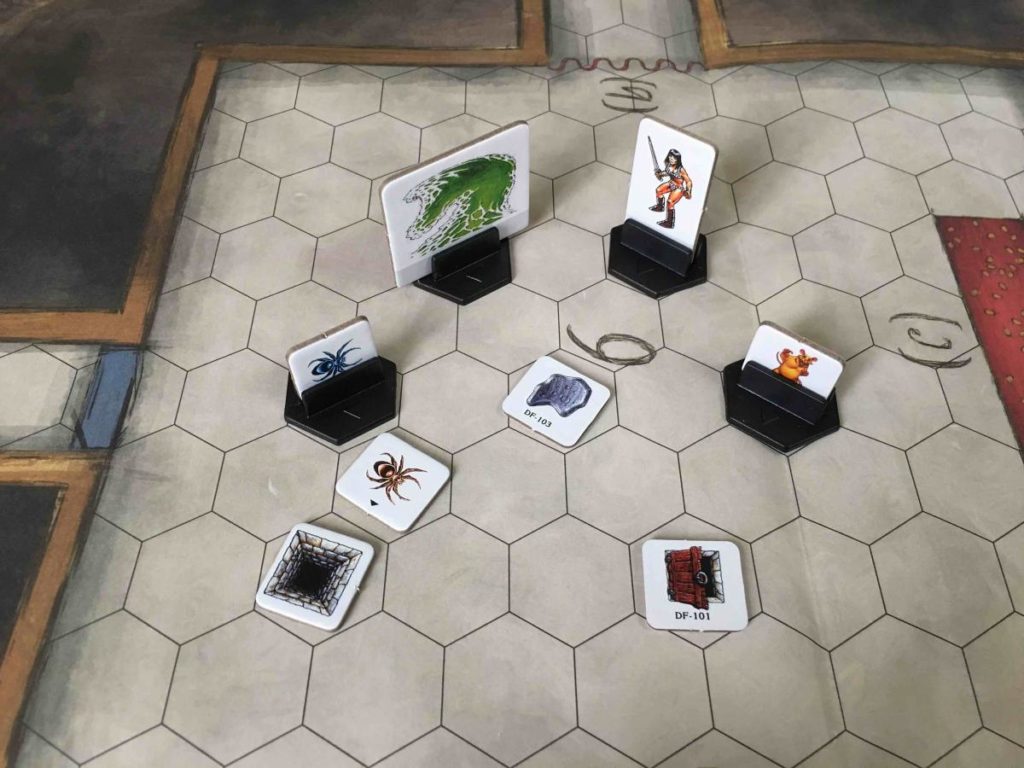
(Image: That rat gets a little lost in its plastic base, but he still poses a threat. The blue spider in the base stands oddly sideways and has no clear facing; his copper-colored buddy shows how to do things flat-style. Oh, that big green thing? It says “Jelly” (hidden by the base), but I say it makes a fine algae-tinged water elemental, too. It also shows one general oddity of Cardboard Heroes: large multi-hex figures don’t map clearly to hexes. You’ll have to create your own multi-hex cardboard bases, or otherwise figure out which hexes the monster occupies.)
The biggest oddity of all: The books are all-in on depicting flat, top-down-view counters; they even detail the shapes and the combat facings of multi-hex counters. But the game’s physical counters are stand-up. There’s no indication of how facings are supposed to work for larger figures, or even what hexes a multi-hex figure occupies. GMs are on their own here in figuring out how these are supposed to work.
Granted, only two of the game’s figures – a jelly and a humongous spider – present the GM with this puzzle. But users of additional Cardboard Figures products, many of which were part of the original DFRPG Kickstarter package (in PDF form), will have some huge figures taking up oddly indeterminate positions on the map. For a game that places great importance on tactical battle map positioning, physical pieces that don’t mesh with the books’ rules and illustrations are quite an oversight. (See a bit more commentary on wishes for DFRPG figures, particularly for flat ones that match the rules, here.)
That weirdness aside, the counters’ quirks are small stuff. Final verdict on the Cardboard Heroes: I like the figures, and my only major dissatisfaction is that players are sure to want more of them.
Which is why it puzzles me that the counters’ boards don’t use all of their available space. Each of the two boards has empty space that could hold one more largish piece and six more small squares. If those were used, we’d have 2 more large critters – say, a bear (for the druids!) and a void brute – and 12 more square counters. If those squares were double-use flat pieces, like the pits and slimes noted above, we’d have 24 more square counters – say, 2 more slimes, 4 fire counters, 6 types of dropped weapon, a cluster of fungus, a puddle, a pile of bones, a pile of rubble, a snake, a chest, a barrel, a tome, a pile of coins, a pile of generic “treasure”, a shield, and a pile of clothes or rags. (Add to that three more spiders or other crawlies, if the above-mentioned small spider counters used alternate reverse-side illustrations. That’s a lost opportunity of 29 more counters in total!)
GM Screen
The GM screen is a long, four-panel screen, not a pair of two-panel screens. It presents the GM with four pages of tables and rules, while showing the players four pages of artwork, not information. That will disappoint anyone who’d like to see the player-facing space given over to combat options and other things that players need to know. However, the shortcoming is hugely remedied by DFRPG’s use of its books’ back covers as places for information. It’s arguably a better way to do things. As handy as it sounds to have standing screens of player-facing information, in reality, players end up leaning across the table to squint at tiny print, or to peek at an end panel angled the wrong way. (And “leaning over the table” means “spilled drinks”. I know this.) Books are a handier way to read tables up-close, leaving the panels with the enviable job of setting the mood with art.
Off-hand, the four GM-facing pages’ choice of content seems fine. I don’t see anything unnecessary there, nor can I think of something vital that’s been left off.
The screen is physically impressive: solid and thick, ready to take abuse. (Dry abuse; nothing about it looks soda-proof.) I’ve bought flimsy GM/DM screens in the past that don’t feel half as sturdy as this product. Kudos to SJG for spending on quality here!
A very uninteresting observation: The physical product carries the name “GM Screen” only on its shipping “wrapper”; the actual screen and the PDF version are unlabeled products that don’t say “GM Screen” anywhere. (Then again, a head of cabbage doesn’t have “Head of Cabbage” written on it, yet we know what it is. Don’t mind me.)
Delvers to Go
Delvers to Go, the short booklet included with the GM Screen, nicely includes one example of every profession, plus a bonus thief and wizard. Adventurers includes a ready-made knight and cleric. That’s 15 ready-to-play PCs for anyone who buys both the boxed set and the GM screen! (The professions that enjoy two pre-generated PCs each are the cleric, knight, thief, and wizard – the “classic four” fantasy RPG archetypes going back to the earliest days of D&D. Not a coincidence, perhaps.)
Looking more closely at those delvers, there’s a lot that’s interesting, especially in the design notes. (Players will find a wealth of design tips in those notes.) Plenty of little questions come to mind, too… like, why doesn’t the character raised by orcs speak Orcish? I guess her tribe spoke Common. Fair enough. (Actually, it’s a little surprising that none of the delvers speaks a language other than Common – even the elf! Cue jokes about American Delvers to Go…)
Speaking of languages: Among Delvers to Go‘s ready-made PCs, Argua and Miao Miao reveal some distinctly nonstandard speech. Which doesn’t necessarily mean their language skills are less than Native – there’s nothing wrong with filing their distinctive lingo under amusing idiosyncracy and nothing more. Still, I argued online that these characters could have been used as fun examples of Accented or Broken ability… until I realized that DFRPG doesn’t cover those levels of language ability. Language in the game is binary: a character either has native fluency in a language or doesn’t know it at all. That’s a difference from GURPS (and its Dungeon Fantasy series) and is decidedly unrealistic – but it passes muster just fine as a common fantasy RPG trope.
All 15 pre-generated characters have Sense of Duty (Adventuring Companions). It’s a nice detail, I think: since the typical group is (probably) going to play in classic “watch each other’s backs” style – rescue the scout from the trolls’ nest, buff the fighter who needs it, etc. – the PCs might as well take the available points for that.
(Note the mechanics of Sense of Duty on Adventurers p. 58. Expanding on the rather muted suggestion in GURPS that the GM can override behavior when Sense of Duty (Adventuring Companions) isn’t played well, DFRPG makes explicit that the GM can do this for any Sense of Duty. Both GM and players should be aware of this and make sure they’re on board with the rule.)
Character Creation Cheat Sheet
This booklet does what it sets out to do: gather a mess of character creation-related info into one spot. A lot of the “Notes” in its tables spread across multiple lines and do some ugly things to table aesthetics, but that’s perhaps unavoidable, given the space limitations of the double column format.
The section on gear presents shields and armor in ready-to-purchase form, with weights, costs, and modifiers. Weapons and other gear don’t get listings, though (other than as a list of weapon modifiers, and a tiny – though welcome – selection of starting equipment). That’s understandable; shield and armor listings take up little space, while weapon and gear listings require lots.
The back cover of the Adventurers book lists the names of all skills available to adventurers. The Cheat Sheet does the same while adding skill difficulty, defaults, page references, and notes. (Both of the listings separate skills by base – DX, IQ, etc.) Along with lists of advantages and disadvantages (with costs, page references, and notes), an overview of racial templates, summaries of wealth levels and expenses, and tables for ST-based damage, basic lift, encumbrance levels and effects, power item costs, and much more, this is a really handy book for players and GMs alike.
On to Part V.
